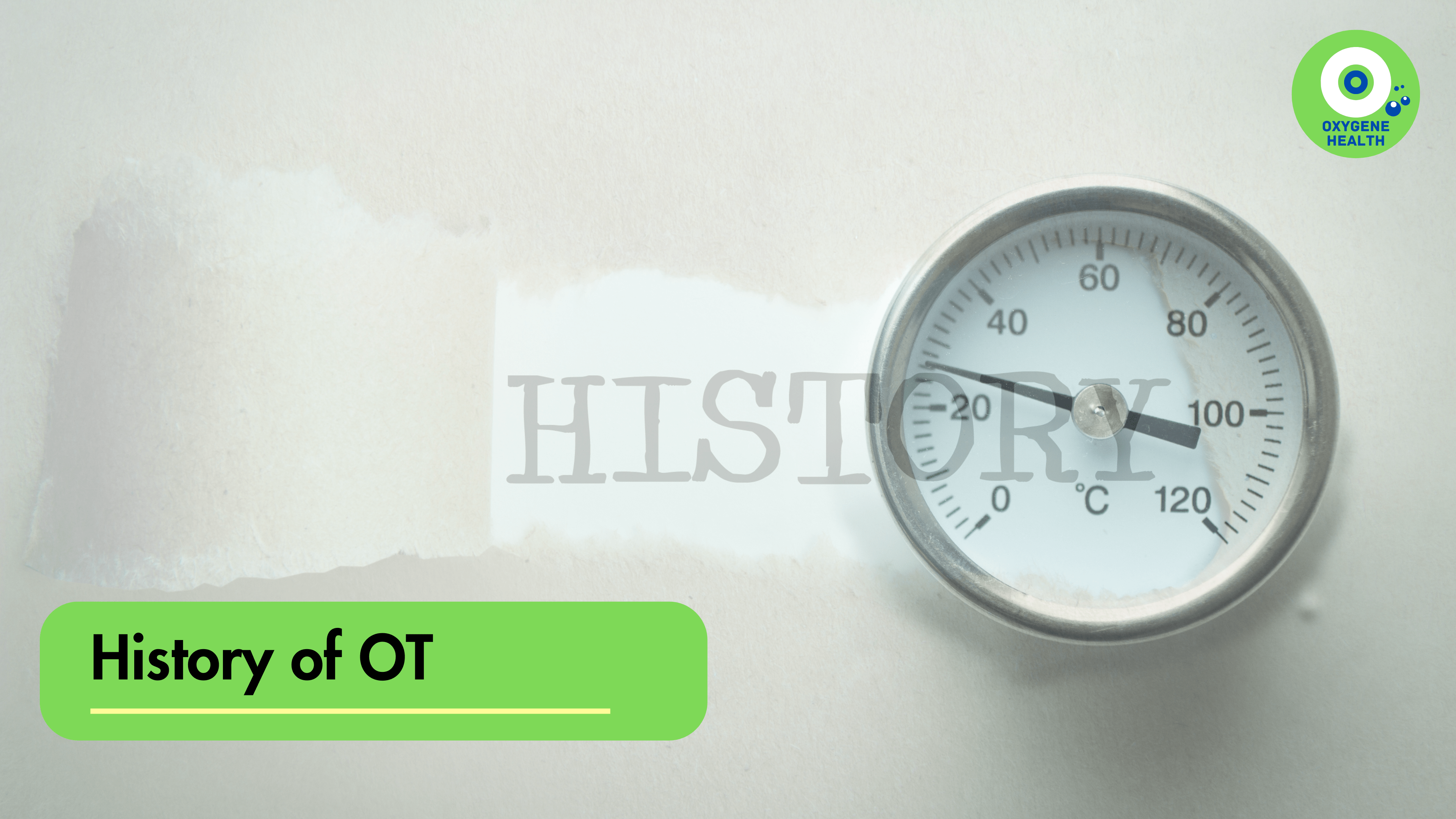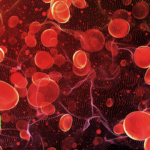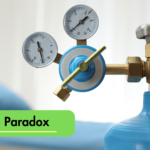Introduction:
Oxygen therapy, a cornerstone of modern medicine, has a rich and storied history dating back centuries. From its humble beginnings as a theoretical concept to its widespread use in clinical practice today, the journey of oxygen therapy is a testament to the relentless pursuit of scientific discovery and innovation. In this article, we embark on a journey through time to explore the fascinating history of oxygen therapy and its transformative impact on healthcare.
Early Beginnings:
The roots of oxygen therapy can be traced back to the late 18th century when scientists began unraveling the mysteries of respiration and gas exchange in the human body. In 1774, Joseph Priestley, an English chemist, discovered oxygen and recognized its vital role in sustaining life. His groundbreaking experiments laid the foundation for understanding the physiological effects of oxygen and its potential therapeutic applications.
The Birth of Oxygen Therapy:
The early 20th century marked the dawn of modern oxygen therapy with the pioneering work of John Scott Haldane, a Scottish physiologist, and other medical researchers. Haldane’s experiments elucidated the principles of oxygen administration and established the concept of oxygen therapy for treating respiratory conditions. During World War I, oxygen therapy gained prominence as a life-saving intervention for soldiers suffering from gas poisoning and respiratory injuries on the battlefield.
Advancements in Respiratory Care:
Throughout the 20th century, significant advancements in medical technology and respiratory care further propelled the evolution of oxygen therapy. The development of oxygen concentrators, portable oxygen delivery systems, and oxygen masks revolutionized the delivery of supplemental oxygen, making it more accessible and convenient for patients with respiratory conditions.
Hyperbaric Oxygen Therapy:
In the mid-20th century, hyperbaric oxygen therapy (HBOT) emerged as a novel treatment modality with diverse therapeutic applications. Initially used to treat decompression sickness in divers, HBOT gained recognition for its ability to enhance wound healing, mitigate tissue damage, and promote recovery in various medical conditions, including carbon monoxide poisoning, diabetic foot ulcers, and radiation injuries.
Oxygen Therapy in Modern Medicine:
Today, oxygen therapy remains a cornerstone of modern medicine, with widespread applications across various medical specialties. From treating acute respiratory failure and chronic lung diseases to supporting patients during surgery and critical care, oxygen therapy plays a crucial role in improving patient outcomes and enhancing quality of life.
Future Directions:
As we look to the future, ongoing research and innovation continue to expand the horizons of oxygen therapy. From exploring novel delivery methods and oxygenation techniques to harnessing the therapeutic potential of oxygen in regenerative medicine and tissue engineering, the possibilities are limitless. As our understanding of oxygen physiology deepens, so too will our ability to leverage its therapeutic benefits in advancing healthcare.
Conclusion:
The history of oxygen therapy is a testament to the enduring quest for scientific knowledge and medical progress. From its humble origins to its pivotal role in modern healthcare, oxygen therapy has transformed the landscape of medicine, saving countless lives and improving patient outcomes. As we embark on the next chapter of this remarkable journey, we remain steadfast in our commitment to harnessing the power of oxygen to heal, rejuvenate, and inspire hope for generations to come.
In closing, let us reflect on the words of Joseph Priestley, who once remarked, “Oxygen is the vital principle of the air, the life and soul of all living creatures.” Indeed, oxygen therapy stands as a testament to the life-sustaining power of this remarkable element, guiding us toward a future of health, vitality, and well-being.







